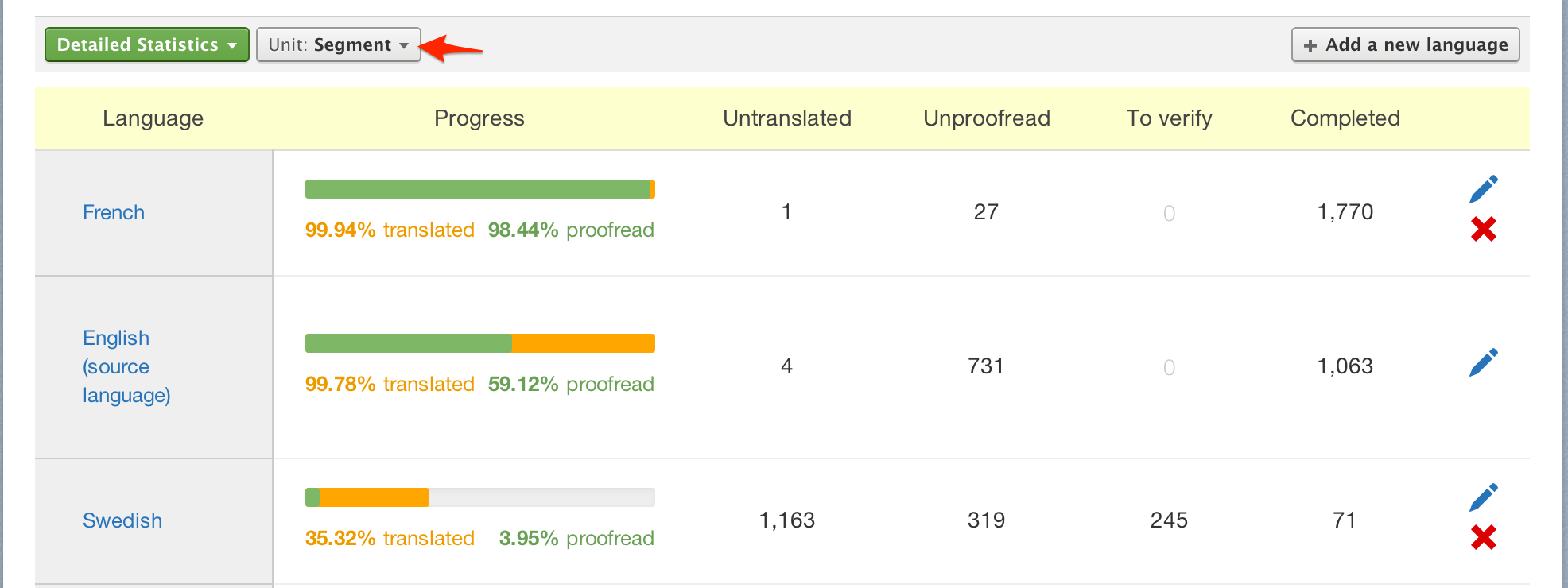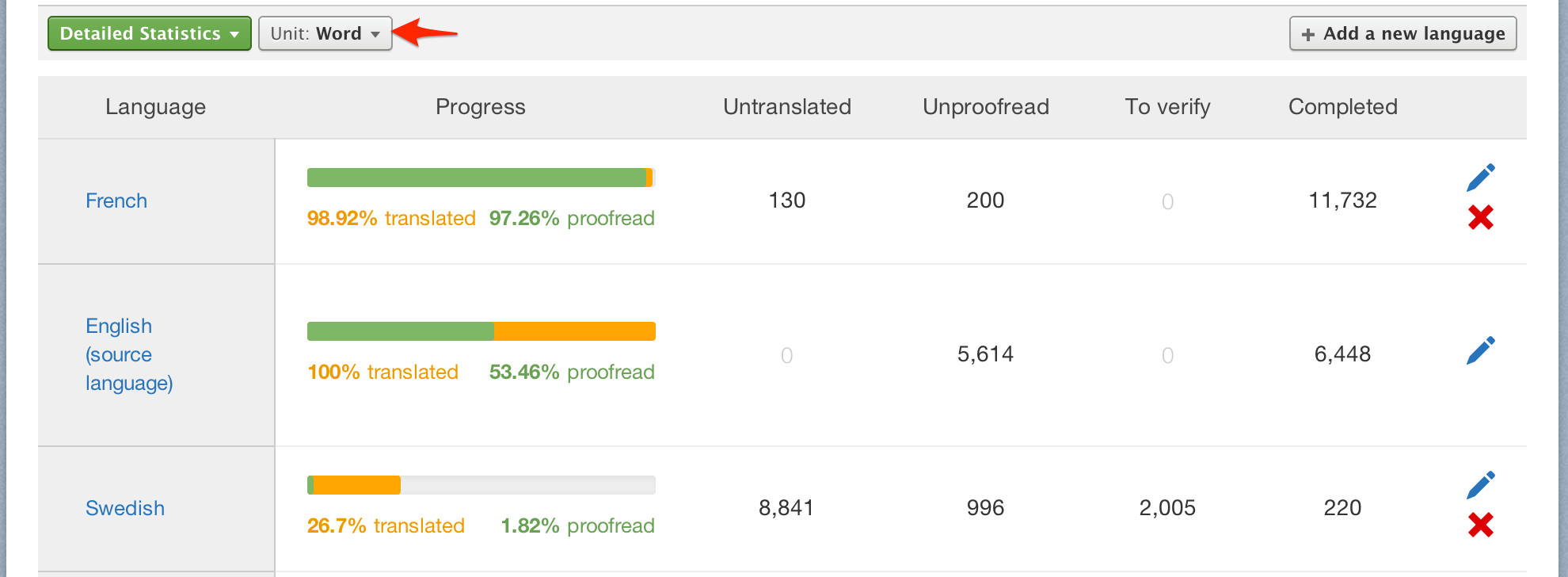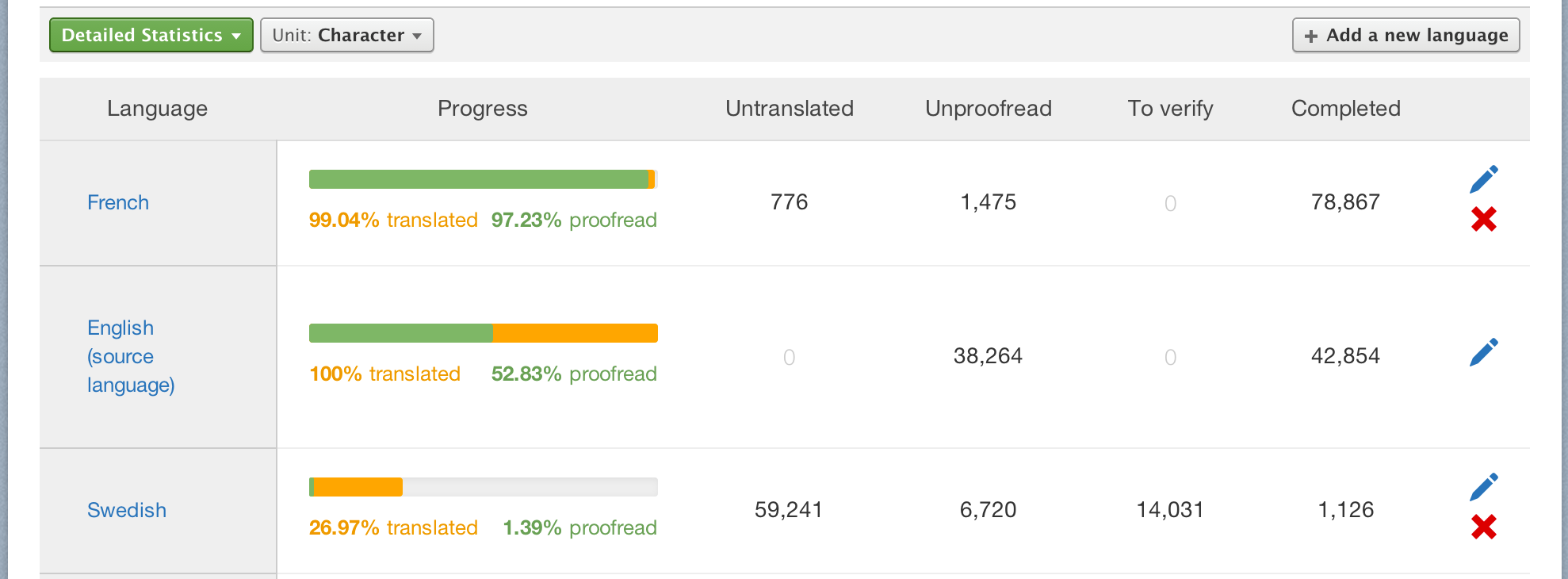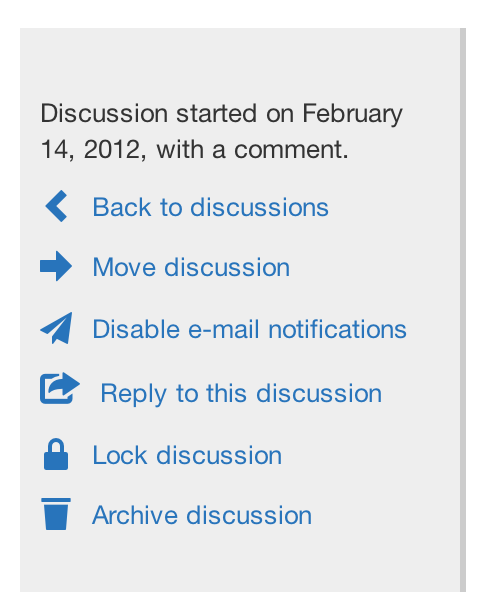We released a lot of new small and larger features to WebTranslateIt during these last few months. We’ll introduce you 9 of them.
1. Attach files to terms
We added the ability to attach a file (a screenshot or a document) to a term. It’s useful to show to translators what a “Dashboard” is by showing them a screenshot for instance.

2. Sort segments alphabetically
By default, your segments are sorted by context but you can now also sort your segments by key name.

3. Settings tab
Where are the settings? The settings button which lets you configure your project or your organization is now easier to find in the tabs.

4. New workflow for discussions
We optimized the workflow for navigating between discussions. When you click to a discussion from the discussion dashboard, you now get a link heading you back directly to the discussions dashboard page.

The topmost back link also takes you back to the discussion dashboard page too, instead of going back to the translation interface.

5. Confirmation message on discussions
When a translator clicks to notify everyone in a project WebTranslateIt now asks the translator if he really wants to send an notification e-mail to everyone. This is a reminder that writing a comment sends an e-mail notification and the less the better and it should help discussions to be better targeted to people.

6. Super Proofreaders (he’s no super-hero)
We’ve added more flexibility to the proofreader role in WebTranslateIt. On top of being a proofreader, you can be “super proofreader”.
Super proofreaders are proofreaders who can also proofread their own translations. Proofreaders can only proofread other people’s translations. By default, a new translator invited with be super-proofreader, and all proofreaders on WebTranslateIt have been promoted as super-proofreaders.

Super proofreader can be recognized by a different badge than proofreader’s.

We also changed the behavior of “to verify” translations. As you probably know, translations flagged as to verify are translations for which the source translation was changed, so they probably need to be changed a little bit and re-verified.
Before this update clicking on the proofread icon was flagging the icon as “proofread”, which makes sense, but it was forcing the proofreaders to work these to verify segments. What if you’d like your translators without proofreading rights to handle these segments?
The new behavior is that clicking on the proofread icon flags the segment as unproofread, and clicking again on this icon flags the segment as proofread, so now translators without proofreading rights can handle these segments as well.

7. Improvements to invitations
A lot of people reversed the name and e-mail fields when inviting a new user and were confused. We just added an validation which lets you know more clearly what is wrong in the form.

And here’s a cool one: if you paste an e-mail address like Édouard Brière <edouard@webtranslateit.com> to the e-mail folder it will extract the name and e-mail address and automatically place the e-mail address and name in the correct fields.

8. Improvement to adding new segments
WebTranslateIt now lets you know if you try to add an impossible key. This feature only works when adding segments to a tree-based file (like YAML or JSON files)
As an example, let’s consider this YAML file:
en:
js:
discussions
created: "Discussion created"
failed: "Failed to create a discussion"
js.discussions.created and js.discussions.failed are leaves in the YAML tree. They are the last elements in the tree, so it isn’t possible to nest a segment named js.discussions.created.ok under them.
In order to add the segment js.discussions.created.ok you either have to remove the js.discussions.created segment or rename js.discussions.created.ok to something else.
WebTranslateIt now knows about these rules and won’t let you create these segments from the web interface or the API, because they aren’t possible to export in a file, which can lead to hours of debugging on your side.

9. Deleting your organization now requires the owner’s password
We improved the security a bit and now deleting your organization requires you type your password.

I hope you will appreciate these improvements. Thank you for using WebTranslateIt.
































































